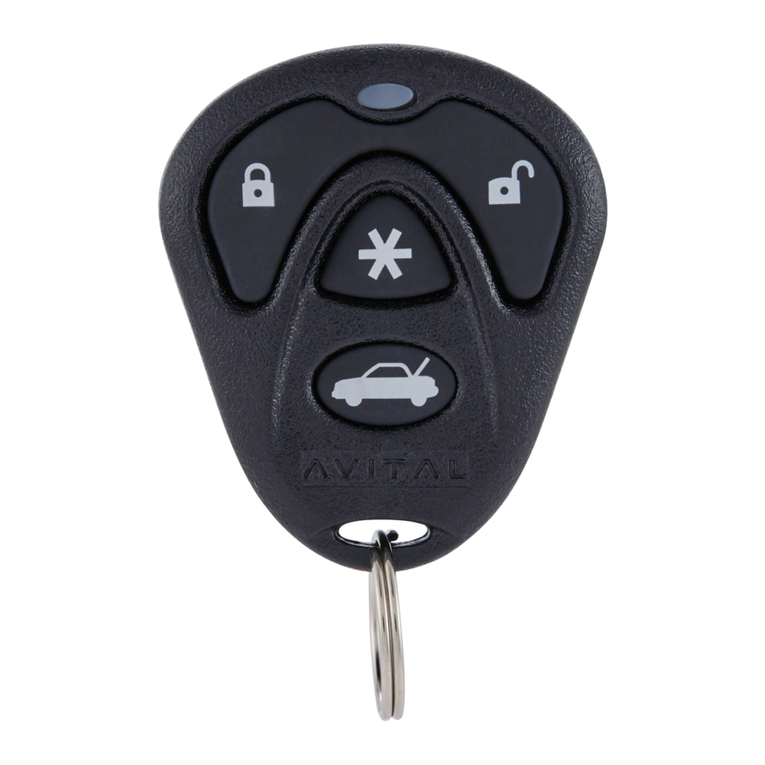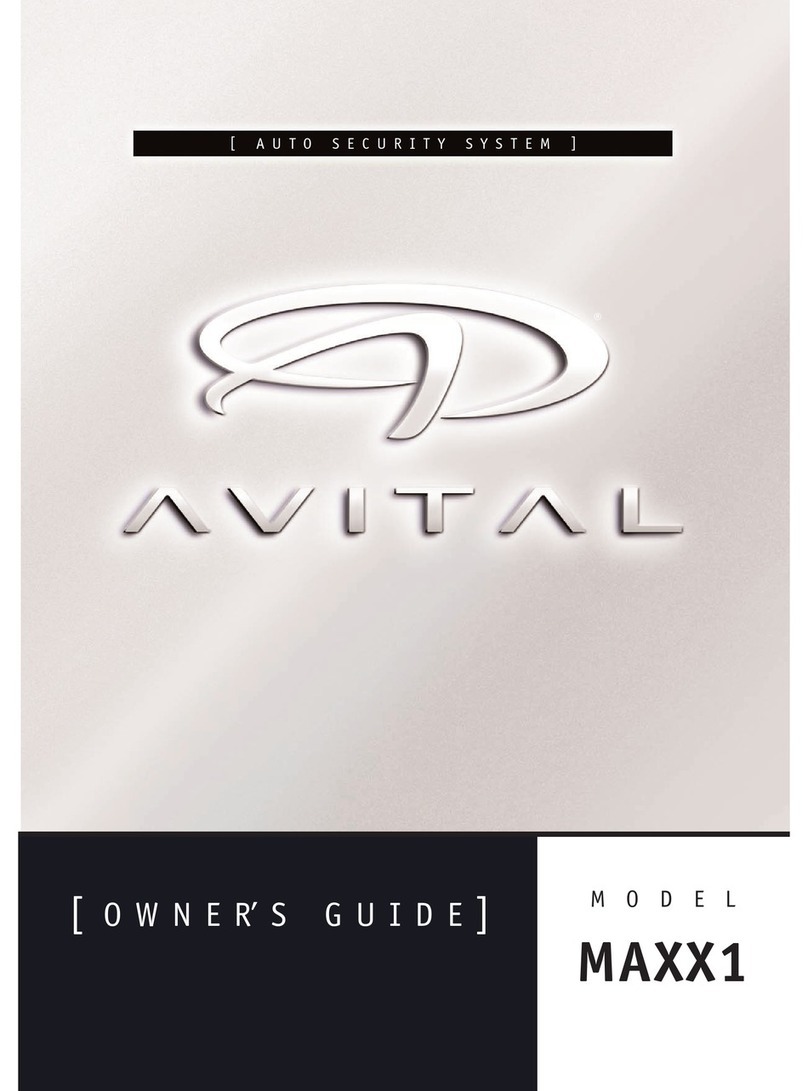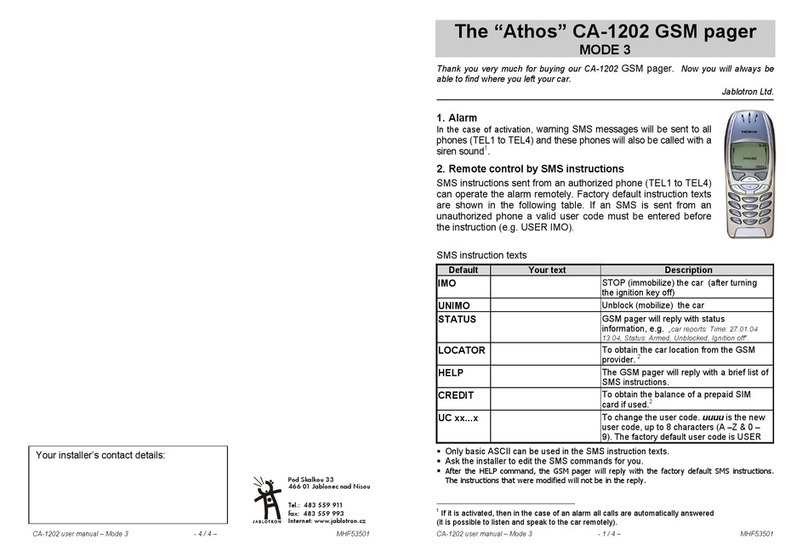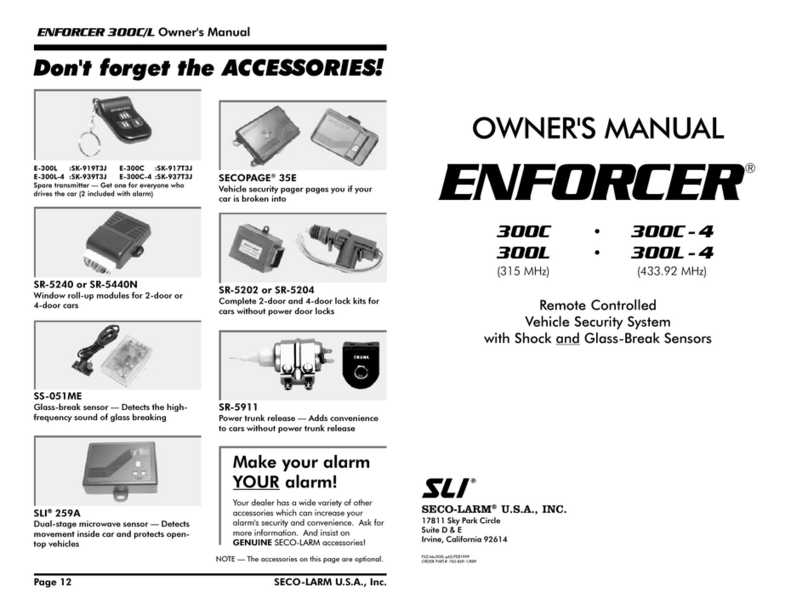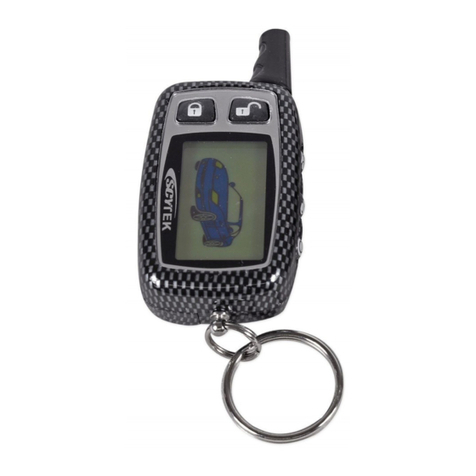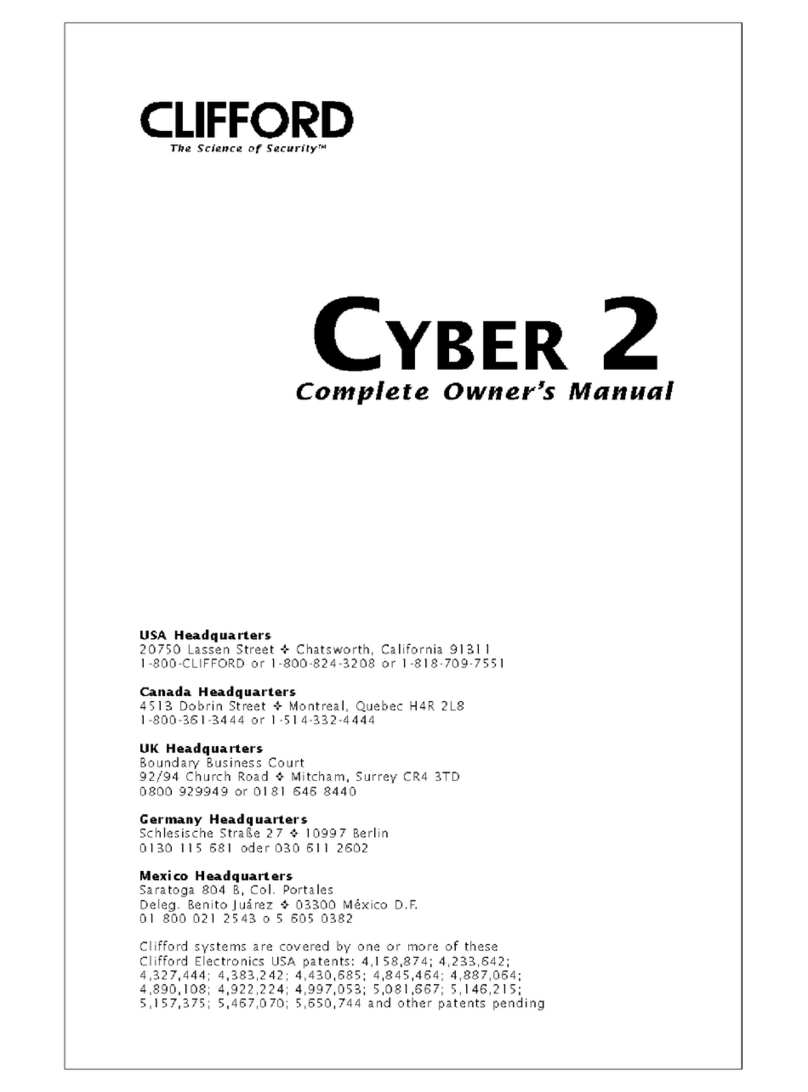Avital AviStart 6000 User manual
Other Avital Car Alarm manuals
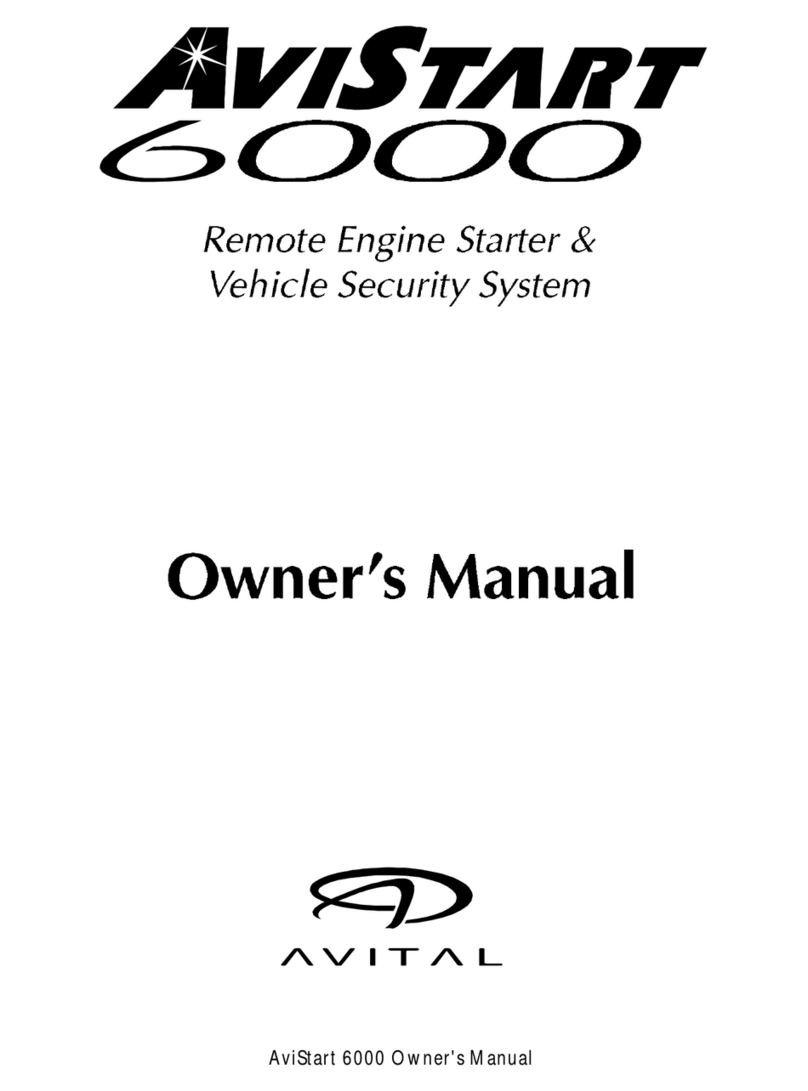
Avital
Avital AviStart 6000 User manual
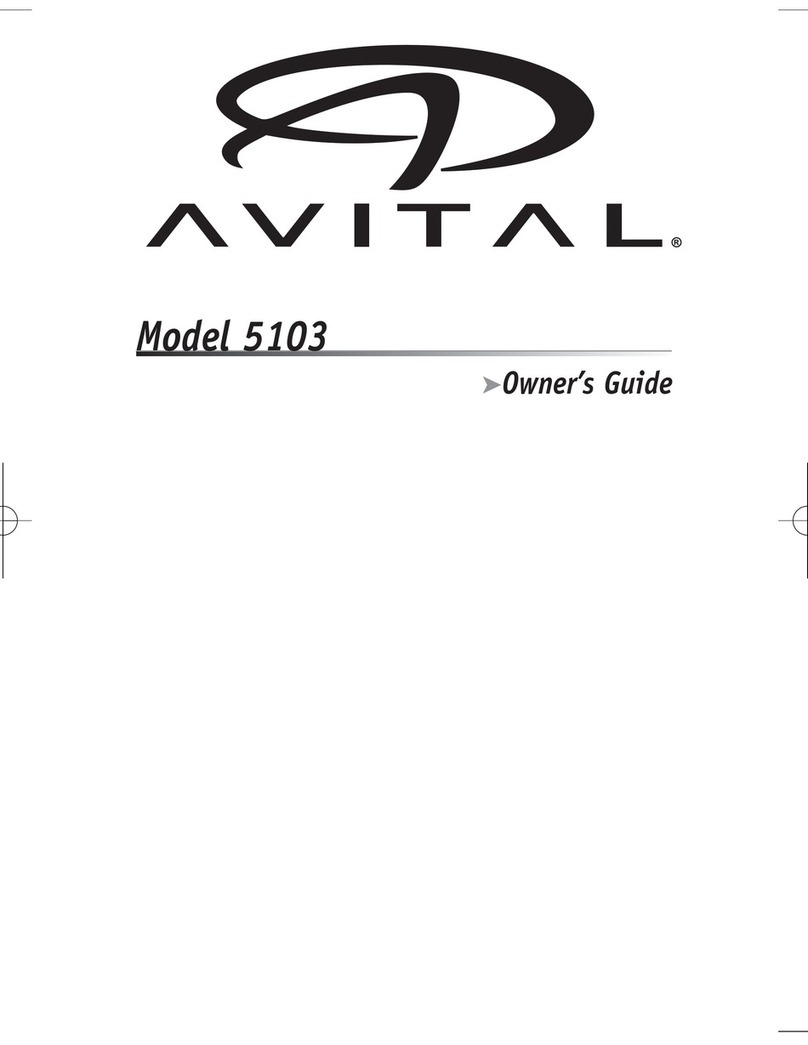
Avital
Avital G5103 User manual

Avital
Avital 4308L User manual
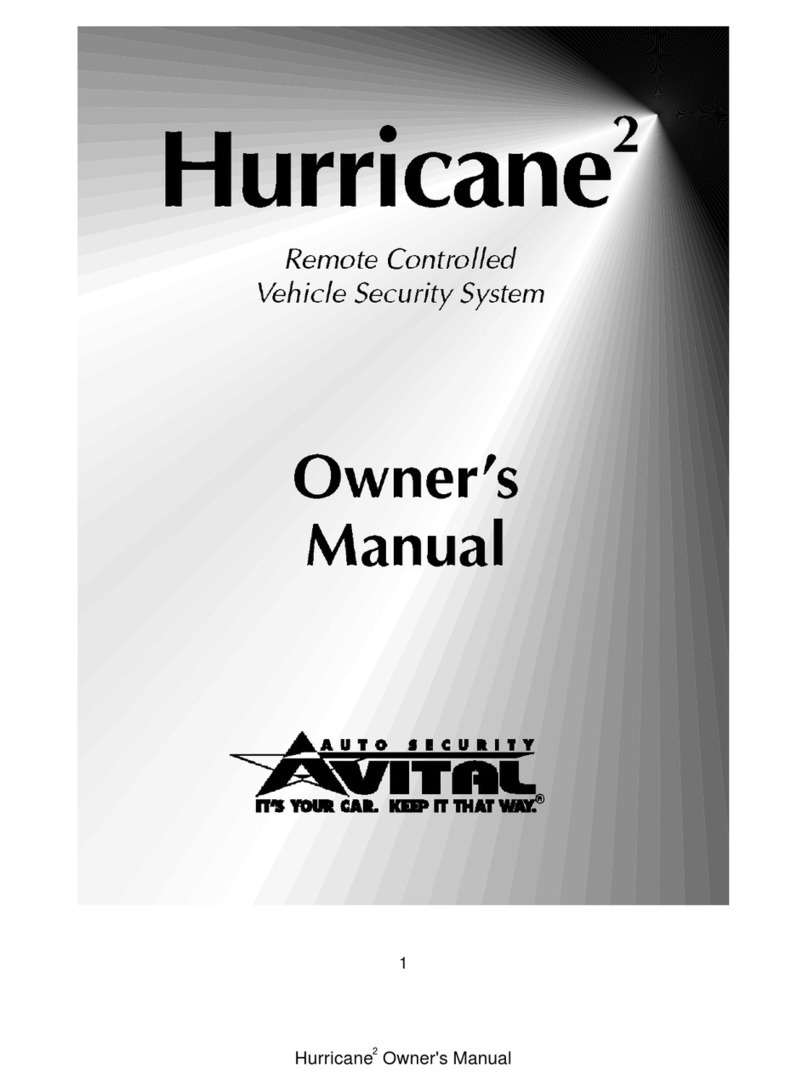
Avital
Avital Hurricane 2 User manual
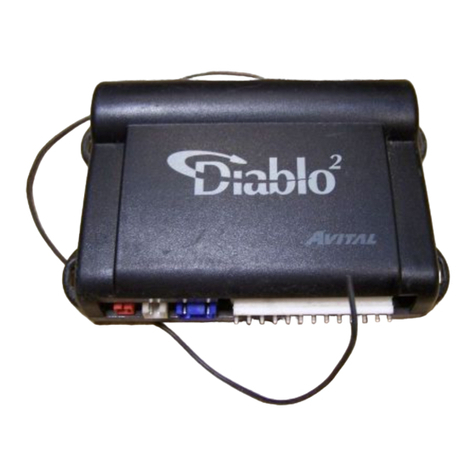
Avital
Avital Diablo 2 User manual

Avital
Avital 2100 User manual
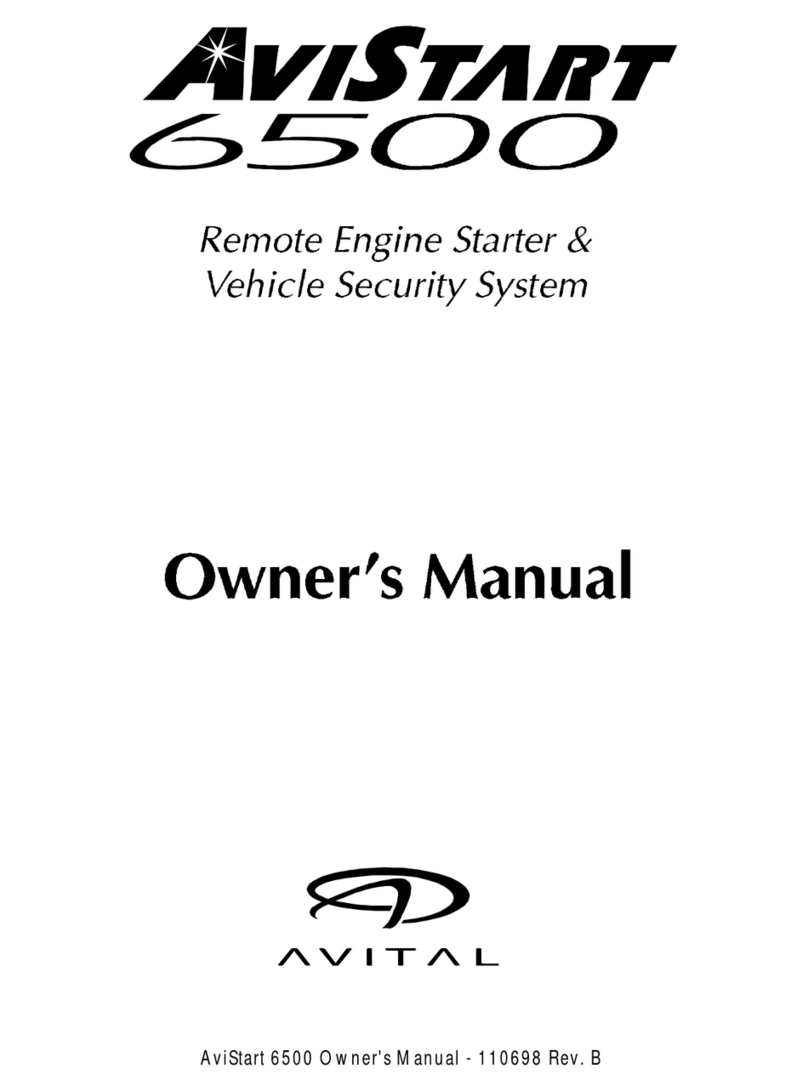
Avital
Avital AviStart 6500 User manual
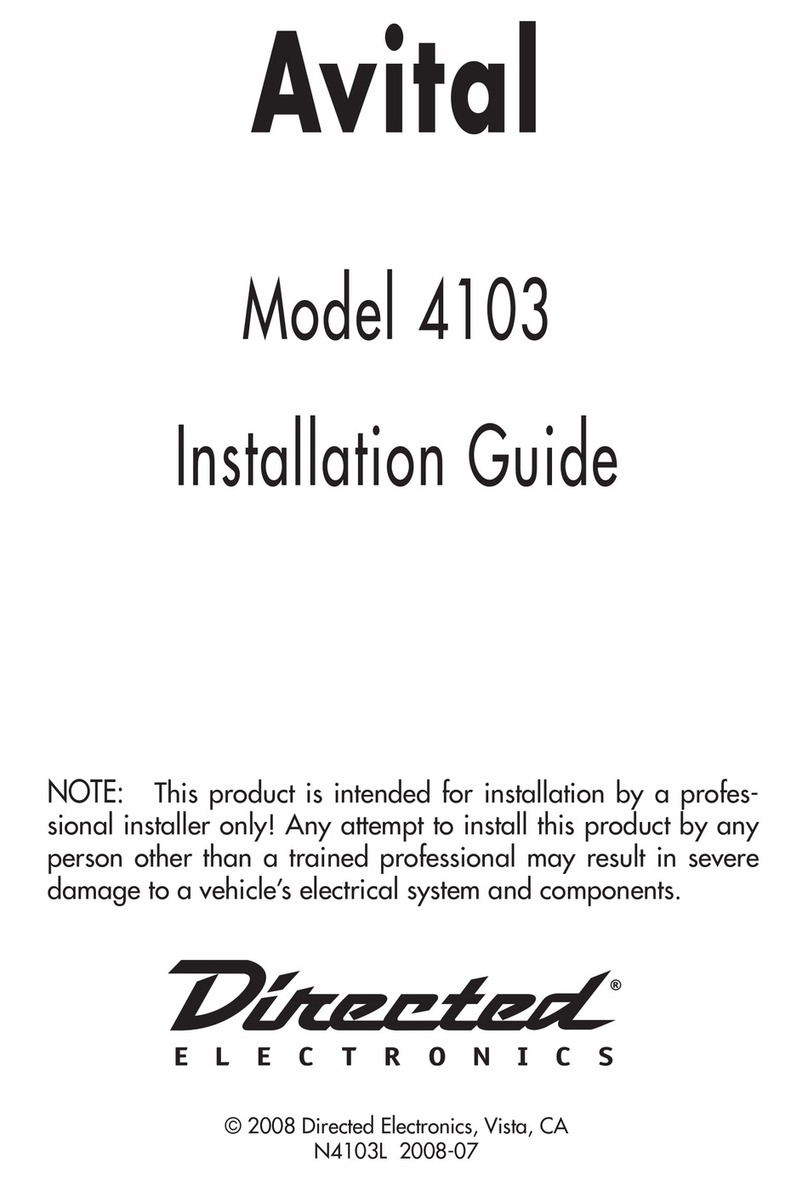
Avital
Avital 4103 User manual
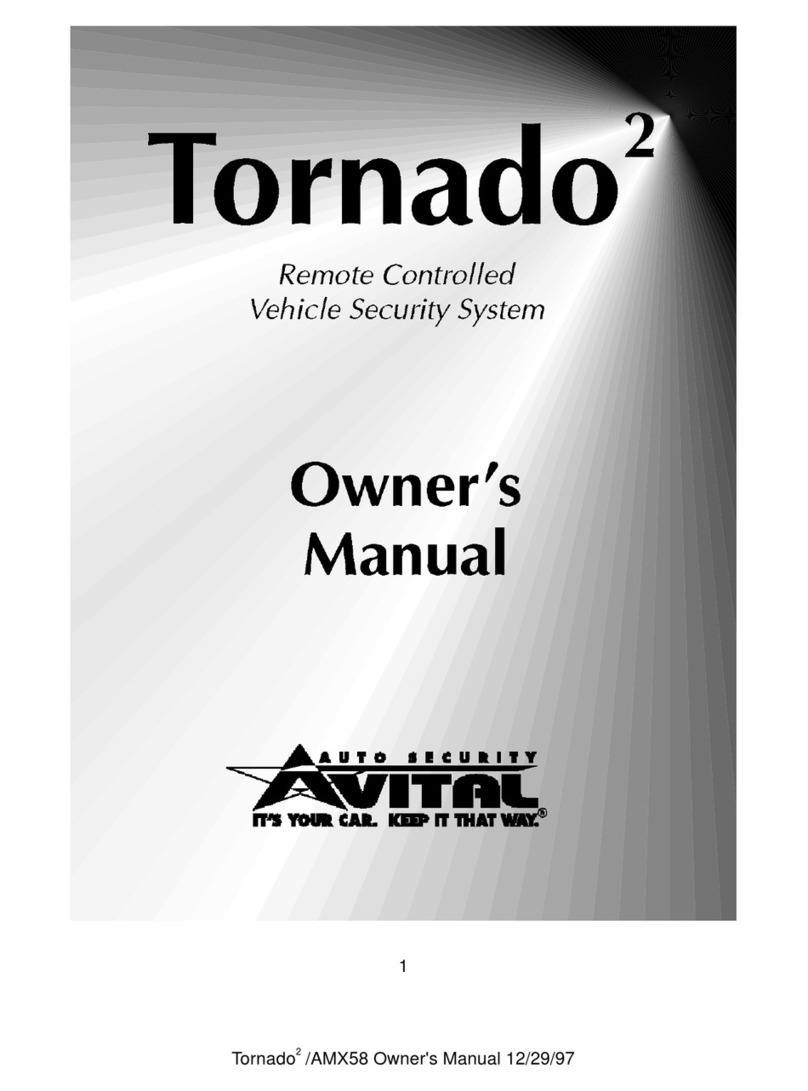
Avital
Avital AMX58 User manual

Avital
Avital 4118L User manual
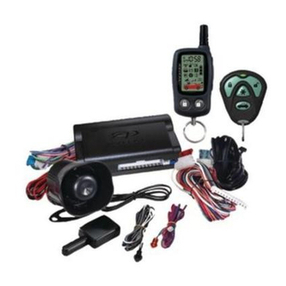
Avital
Avital AviStar 3300 User manual

Avital
Avital AMX7 User manual
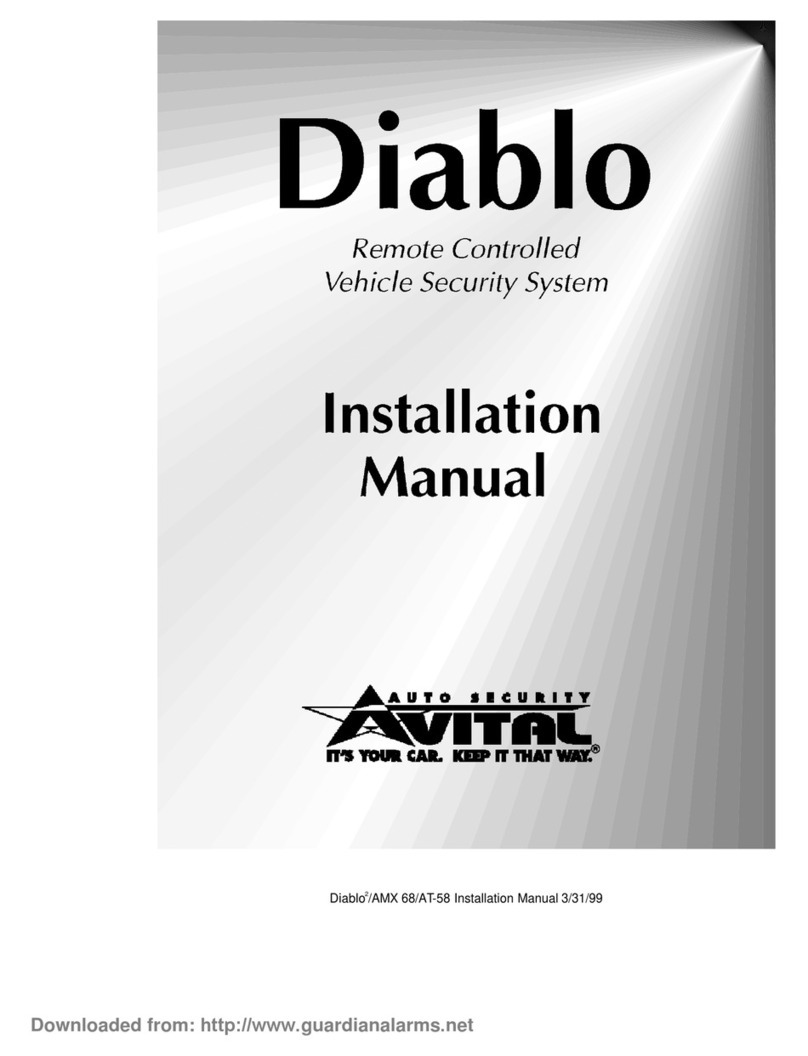
Avital
Avital Diablo User manual
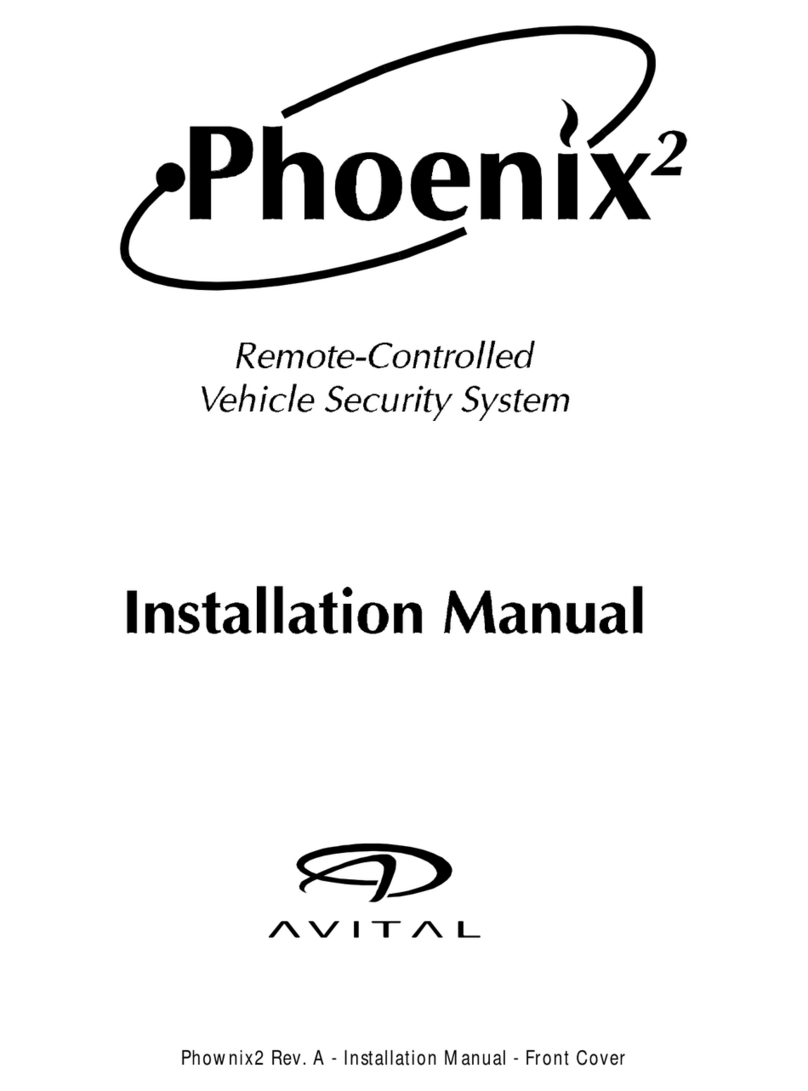
Avital
Avital Phoenix 2 User manual

Avital
Avital 2200 User manual
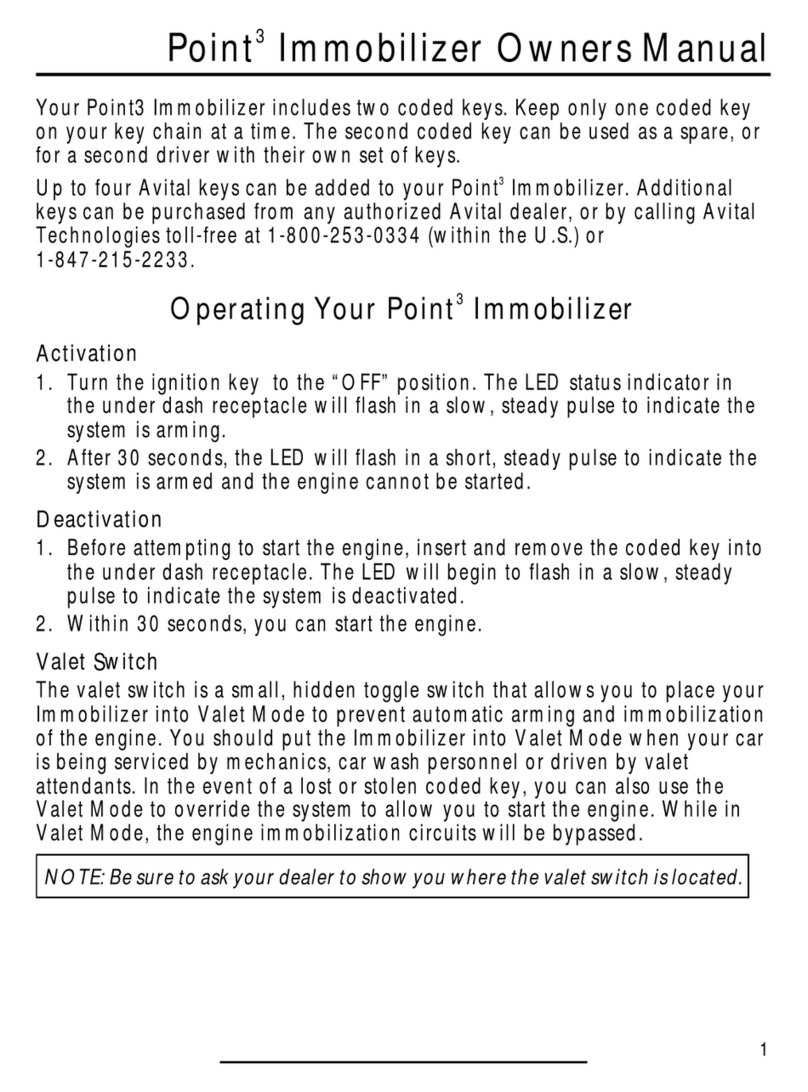
Avital
Avital Hurricane 3 User manual

Avital
Avital 5303 User manual

Avital
Avital Paging Adaptor 5810 User manual
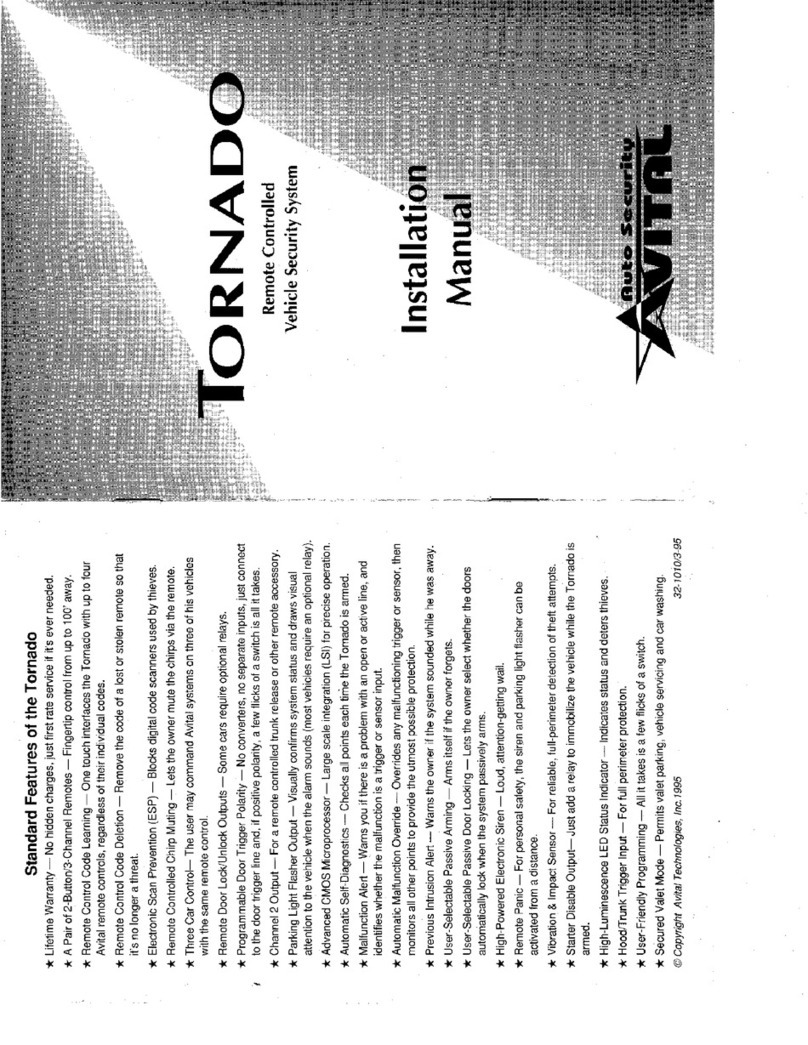
Avital
Avital Tornado User manual

Avital
Avital 2300 User manual
Popular Car Alarm manuals by other brands

Ultra Start
Ultra Start 650 Series owner's manual
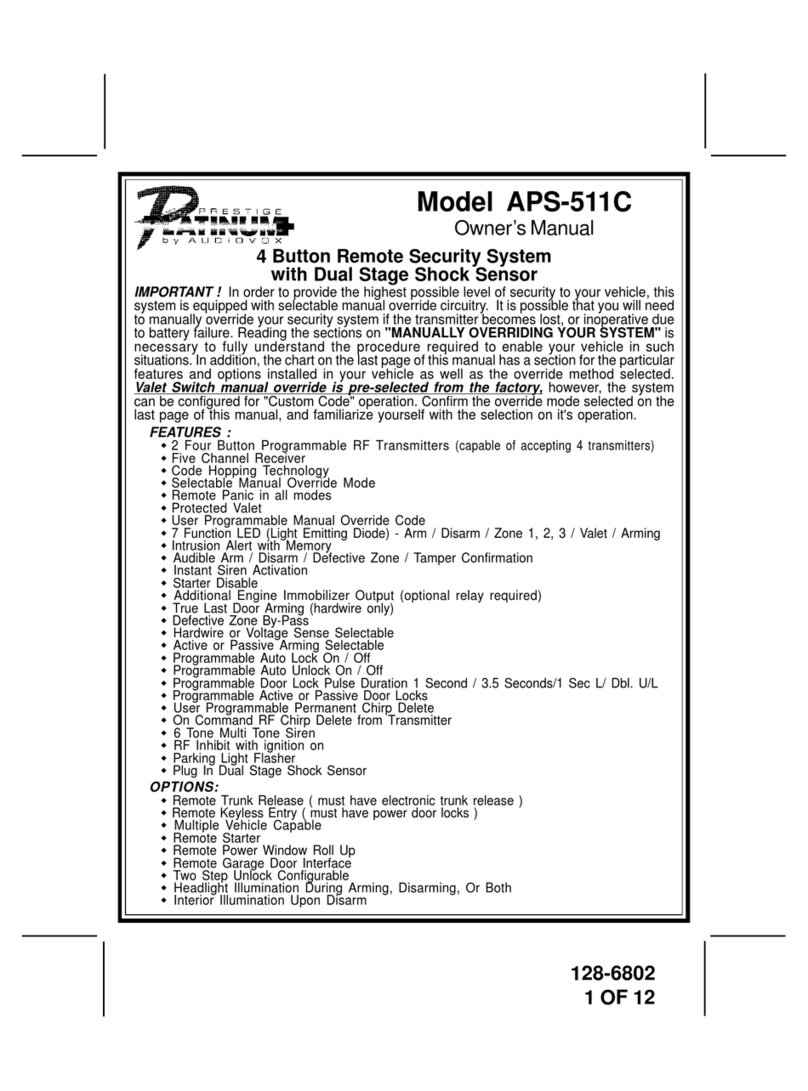
Audiovox
Audiovox Prestige Platinum+ APS-511C owner's manual
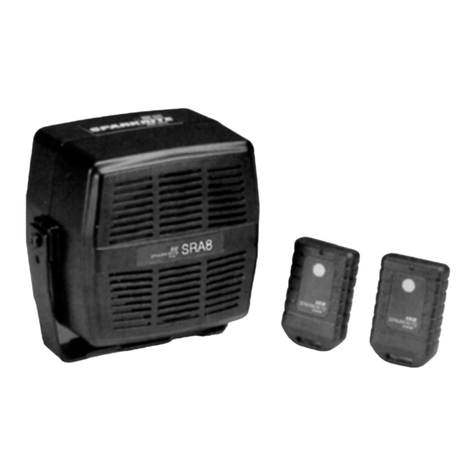
Sparkrite
Sparkrite SRA8 Guide

Federal Signal Corporation
Federal Signal Corporation Pathfinder Siren Series Installation and maintenance manual
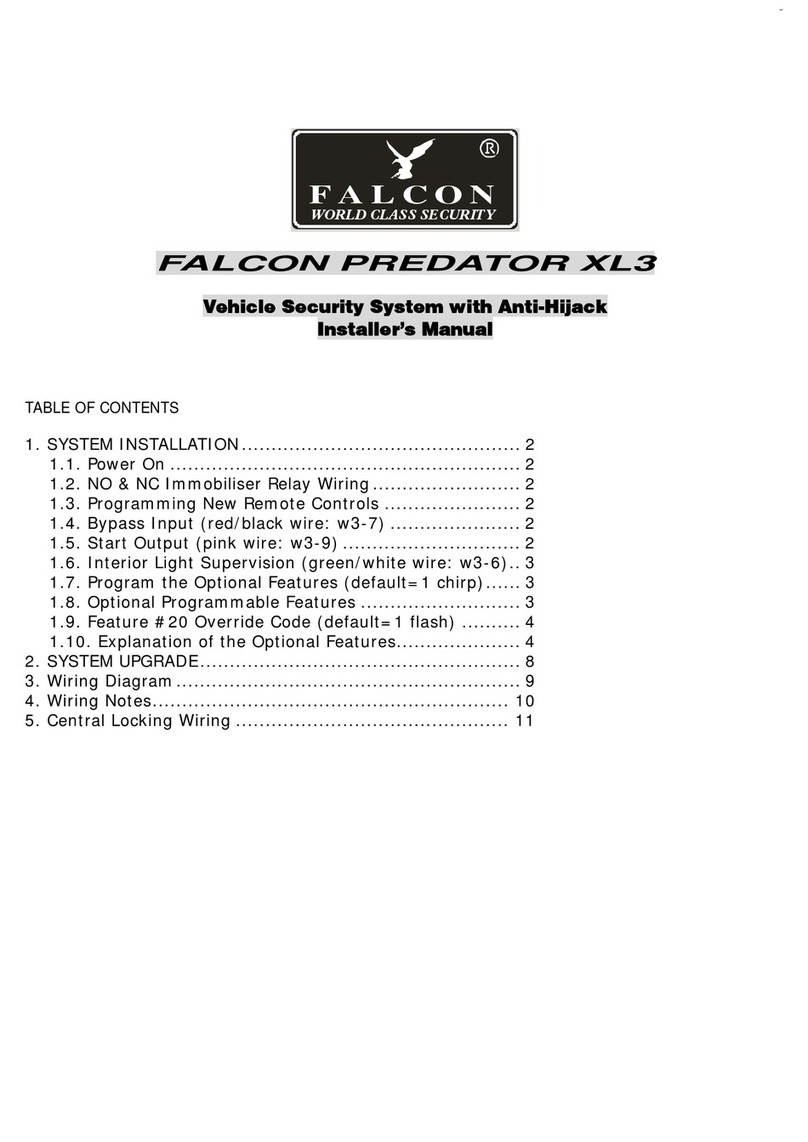
Falcon
Falcon Predator XL3 Installer manual
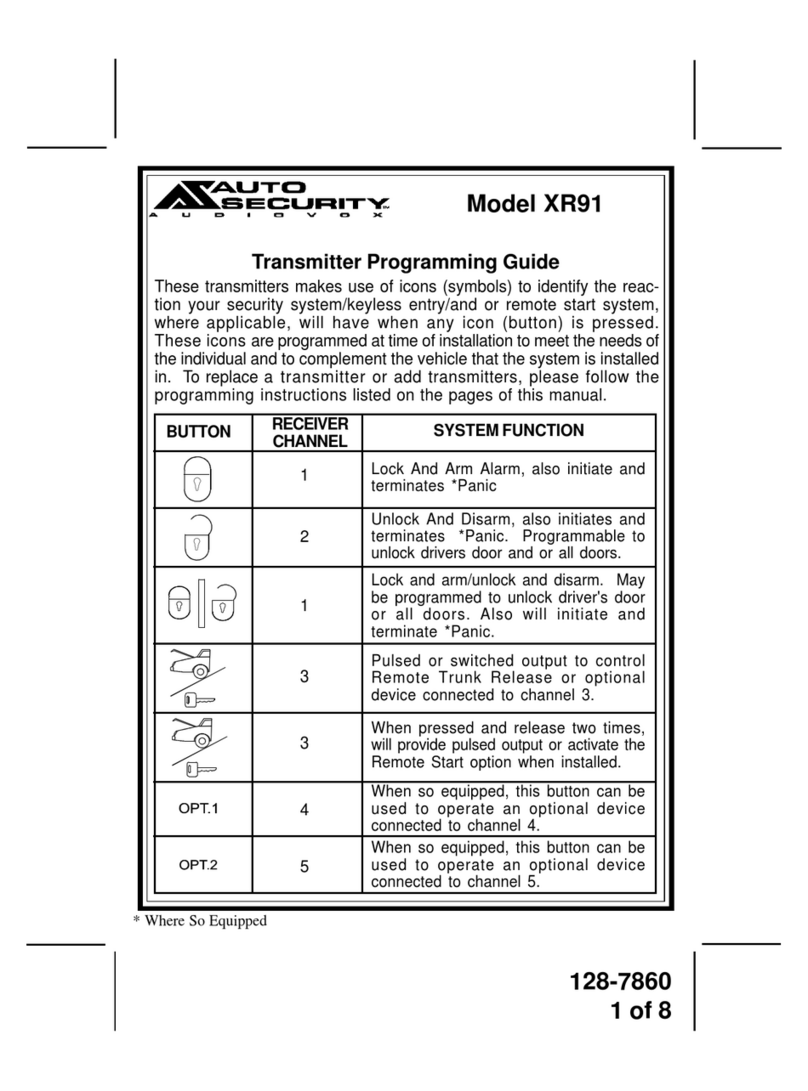
Audiovox
Audiovox Auto Security XR91 Programming guide
